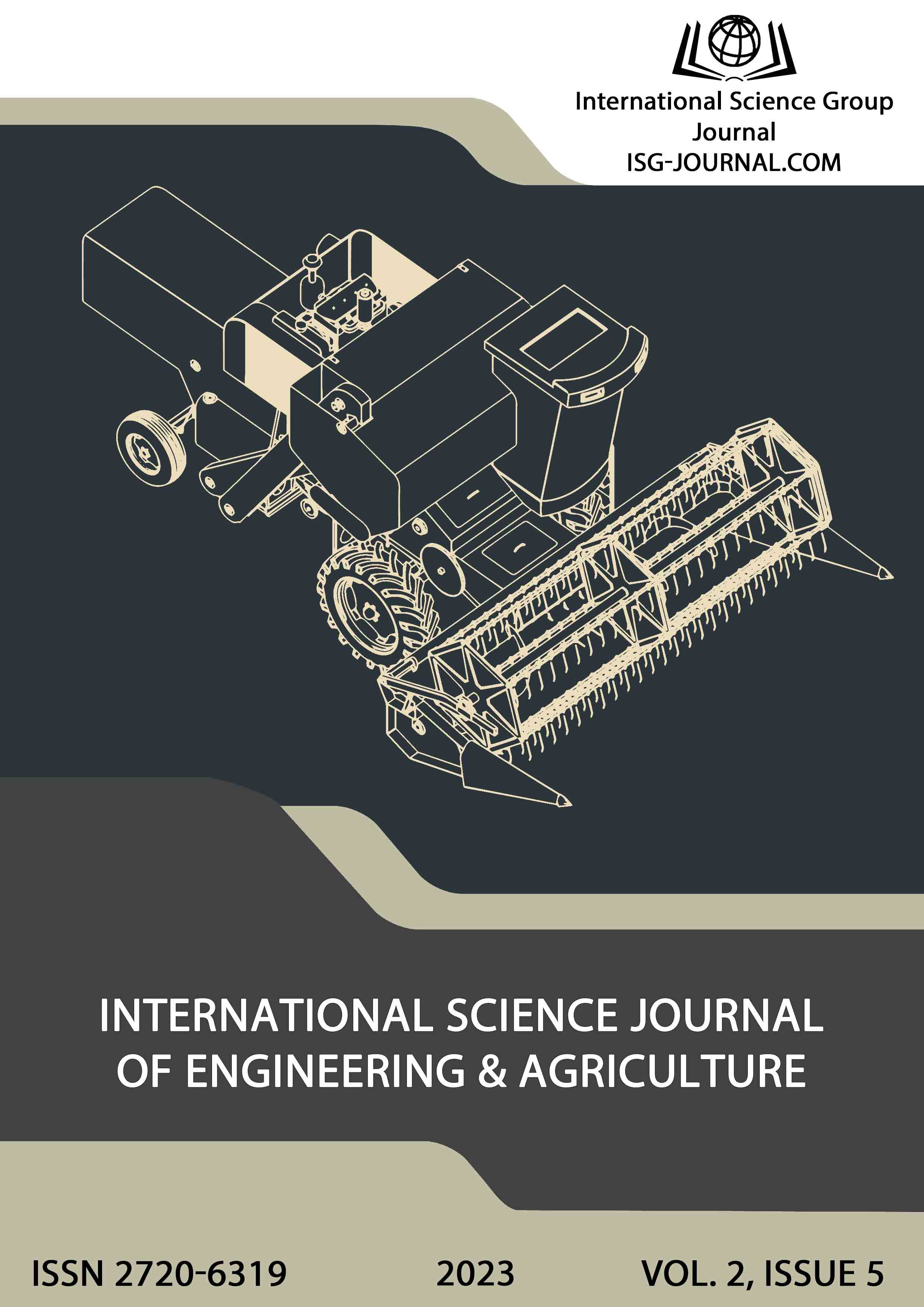Real-time eye blink detection using general cameras: a facial landmarks approach
DOI:
https://doi.org/10.46299/j.isjea.20230205.01.Keywords:
Eye Blink Detection, Facial Landmarks, Eye Aspect Ratio (EAR), Human-Computer Interaction (HCI), OpenCV, deep learning, PythonAbstract
Eyes are essential in Human-Computer Interaction (HCI) as they provide valuable insights into a person's thoughts and intentions. However, current eye movement analysis methods require specialized equipment or high-quality videos, making them less accessible and usable. This paper proposes a real-time eye blink detection algorithm that uses standard cameras, making it widely applicable and convenient. The approach achieves accurate and efficient eye blink detection by leveraging the Eye Aspect Ratio (EAR) algorithm and facial landmarks technique. This paper developed a Python application and conducted tests using a laptop webcam to validate the performance and practicality of the algorithm across various settings. The algorithm's effectiveness depends on carefully tuning parameters such as threshold and frame rate. The results demonstrate the algorithm's potential in real-time eye blink detection, with potential applications in drowsiness detection during driving, prevention of Computer Vision Syndrome, and assistance for individuals with disabilities. By enabling eye blink detection using commonly available cameras, the algorithm paves the way for integrating eye movement analysis into everyday devices and systems, enhancing user experience and enabling more natural interactions. Further refinement and optimization of this approach hold promise for a wide range of applications in HCI, healthcare, and beyond, opening up new possibilities for research and innovation.References
Chennamma, H. R., & Yuan, X. (2013). A survey on eye-gaze tracking techniques. Indian Journal of Computer Science and Engineering, 388-393.
King, D. (2014, August 28). Real-Time Face Pose Estimation. Retrieved from Dlib C++ Library: http://blog.dlib.net/2014/08/real-time-face-pose-estimation.html
Asthana, A., Zafeiriou, S., Cheng, S., & Pantic, M. (2014). Incremental face alignment in the wild. Conference on Computer Vision and Pattern Recognition (pp. 1859-1866). Columbus, OH, USA: IEEE.
Soukupová, T., & Čech, J. (2016). Real-Time Eye Blink Detection using Facial Landmarks. 21st Computer Vision Winter Workshop. Rimske Toplice, Slovenia: 21st Computer Vision Winter Workshop.
Čech, J., Franc, V., & Matas, J. (2014). A 3D Approach to Facial Landmarks: Detection, Refinement, and Tracking. 22nd International Conference on Pattern Recognition (pp. 2173-2178). Stockholm, Sweden: IEEE.
Lu, Y. (2023). REAL-TIME EYE BLINK DETECTION WITH GENERAL CAMERAS. The 28th International scientific and practical conference “Science and development of methods for solving modern problems”(pp. 198-201). Melbourne, Australia: International Science Group.
Baccour, M. H., Driewer, F., Kasneci, E., & Rosenstiel, W. (2019). Camera-based eye blink detection algorithm for assessing driver drowsiness. Intelligent Vehicles Symposium (IV) (pp. 987-993). Paris, France: IEEE.
Lu, X., Song, Y., Chen, B., Liu, X., & Hu, W. (2022). A novel deep learning based multi-feature fusion method for drowsy driving detection. Industry and agriculture(3449), 3449.
Pal, M., Banerjee, A., Datta, S., Konar, A., Tibarewala, D. N., & Janarthanan, R. (2014). Electrooculography based blink detection to prevent computer vision syndrome. International Conference on Electronics, Computing and Communication Technologies (CONECCT) (pp. 1-6). Bangalore, India: IEEE.
He, W., Hu, W., Yang, Y., Shen, H., Wu, Y., Song, Y., & Liu, X. (2022). Improved left-and right-hand tracker using computer vision. Student scientific research(3), 21-29.
Xie, Z., Hu, W., Zhu, J., Li, B., Wu, Y., He, W., & Liu, X. (2022). LEFT AND RIGHT HAND TRACKER BASED ON CONVOLUTIONAL NEURAL NETWORK. Актуальные вопросы современной науки образования, (pp. 61-67).
Srivastava, A., Mane, S., Shah, A., Shrivastava, N., & Thakare, B. (2017). A survey of face detection algorithms. International Conference on Inventive Systems and Control (ICISC) (pp. 1-4). Coimbatore, India: IEEE.
O'Reilly, J., Khan, A. S., Li, Z., Cai, J., Hu, X., Chen, M., & Tong, Y. (2019). A novel remote eye gaze tracking system using line illumination sources. Conference on Multimedia Information Processing and Retrieval (MIPR) (pp. 449-454). San Jose, CA, USA: IEEE.
Lu, Y., & Pagilla, P. R. (2014). Modeling of Temperature Distribution in Moving Webs in Roll-to-Roll Manufacturing. Journal of Thermal Science and Engineering Applications, 6(4), 041012. doi:https://doi.org/10.1115/1.4028048
Lu, Y., Jee, C., & Pagilla, P. R. (2016). Design of a model-based observer for estimation of steel strip tension in continuous galvanizing/annealing lines. 2016 American Control Conference (ACC) (pp. 3249-3254). Boston, MA, USA: IEEE. doi:https://doi.org/10.1109/ACC.2016.7525418
Al-Btoush, A. I., Abbadi, M. A., Hassanat, A. B., Tarawneh, A. S., Hasanat, A., & Prasath, V. S. (2019). New Features for Eye-Tracking Systems: Preliminary Results. 10th International Conference on Information and Communication Systems (ICICS) (pp. 179-184). Irbid, Jordan: IEEE.
Torricelli, D., Goffredo, M., Conforto, S., & Schmid, M. (2009). An adaptive blink detector to initialize and update a view-based remote eye gaze tracking system in a natural scenario. Pattern Recognition Letters, 1144-1150.
Sagonas, C., Antonakos, E., Tzimiropoulos, G., Zafeiriou, S., & Pantic, M. (2016). 300 Faces In-The-Wild Challenge: database and results. Image and Vision Computing, 3-18.
Downloads
Published
How to Cite
Issue
Section
License
Copyright (c) 2023 Youwei Lu

This work is licensed under a Creative Commons Attribution 4.0 International License.






